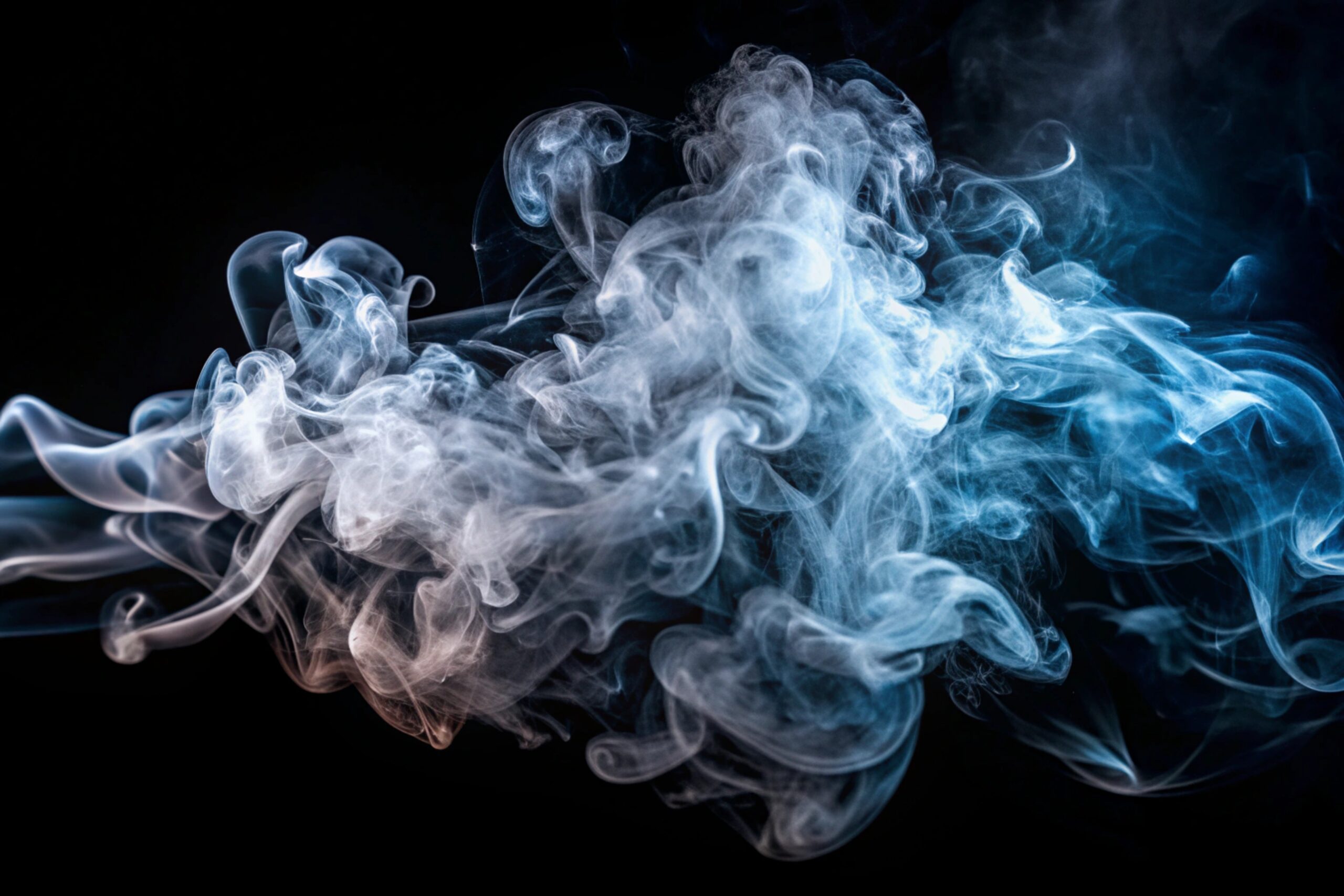A “nuisance” is generally defined as an activity that interferes with the use and enjoyment of someone’s property. In Arizona, smoking—whether cigarettes, cigars, or vaping—can fall under this definition if the activity impacts neighboring units, lots, or common areas. When smoke drifts from one property to another it is often alleged that the conduct could rise to the level of a nuisance, especially in multi-unit housing situations like condominiums, where smoke can easily transfer through shared walls, ventilation systems, or open windows. Smoking complaints often materialize as a demand on the HOA’s board to enforce a nuisance provision in the Declaration. However, neither the Arizona legislature nor the judiciary have specifically addressed whether smoking, including the secondhand smoke emanating therefrom, constitute a nuisance per se (i.e. a nuisance at all times and under any circumstances regardless of location or surroundings). However, in tasking a jury to determine the presence of a nuisance, the Revised Arizona Jury Instructions provide as follows:
Whether an interference with another person’s use and enjoyment of property is unreasonable is determined by the injury that the condition caused, not by the conduct of the party that created the condition. For an interference to be unreasonable it must be more than a slight inconvenience or a petty annoyance. The continuation or recurrence of the interference is often necessary to make the harm substantial. (Emphasis added).
Many courts have held that smoking is not a nuisance per se, holding that the evidence of harm from secondhand smoke is only a potential risk of disease. To that end, the courts have required a more specific and clear expression of actual harm, not just from an admittedly offensive odor, in order to sustain an actionable nuisance for smoking. Schuman v. Greenbelt Homes, Inc., 212 Md. App. 451, 458, 460 69 A.3d 512, 516, 517 (2013); see also DeNardo v. Corneloup, 163 P.3d 956, 958–59 (Alaska 2007) (just because secondhand smoke may be a health hazard, it is not a nuisance per se. TheCourt was unwilling to find smoking to be a nuisance “absent either a provision in the rental agreement or a statute or municipal ordinance prohibiting smoking or declaring smoke a nuisance in a multi-party residence.”); America v. Sunspray Condominium Ass’n, 61 A.3d 1249, 1256–57 (Me.2013) (finding that a condominium owner’s statement that “cigarette smoke is universally understood to be a toxic and carcinogenic substance” lacked necessary “specifics concerning his exposure and the results of that exposure”); Ewen v. Maccherone, 32 Misc.3d 12, 927 N.Y.S.2d 274, 276 (N.Y.Sup.App.2011) (“[T]the law of private nuisance would be stretched beyond its breaking point if we were to allow a means of recovering damages when a neighbor merely smokes inside his or her own apartment in a multiple dwelling building.”). Accordingly, it is important for HOA boards to analyze nuisance complaints carefully before determining whether a violation of the association’s governing documents is present.
Steps to Enforce a Smoking Nuisance in an HOA
- Review the Governing Documents
Before taking any action, the HOA board should review the existing governing documents, including the CC&Rs, bylaws, and rules and regulations. These documents may contain clauses about nuisances, which may provide the board with the authority to act.
- Address Complaints Promptly
When a complaint is received, the board should investigate promptly. It is important to document all complaints and any actions taken. This documentation can be valuable if the association needs to take further enforcement action or defend itself against a legal challenge. Based on the foregoing, members of an association Board of Directors should evaluate whether the secondhand smoke constitutes “more than slight inconvenience or petty annoyance” in its determination on whether a violation of the Declaration’s nuisance provisions is present. In making that determination, Arizona case law directs the HOA board to act reasonably in the exercise of its discretionary authority. Tierra Ranchos Homeowners Ass’n v. Kitchukov, 216 Ariz. 195, 165 P.3d 173 (Ct. App. 2007). Taken in conjunction with the jury instructions set forth above, an HOA board should evaluate whether a reasonable determination can be made that the offensive and/or detrimental impact of the smoke on the neighbor is (1) more than a slight inconvenience or petty annoyance by looking at the extent of the harm caused by the smoke and (2) the frequency of the interference with the use and enjoyment of the property. Addressing these questions may require an interactive process with the complainant so the HOA board is provided the necessary information before making a determination as to compliance.
Arizona law provides HOAs with the tools needed to regulate nuisances, but success ultimately depends on clear communication, community support, and consistent enforcement. By taking these steps, HOAs can strive to ensure that all residents enjoy their homes.
If your community association is facing nuisance related complaints, please reach out to the firm for assistance and to evaluate the appropriate process for addressing those concerns. Call us toll free at (800) 743-9324 or email moc.w1764521122albdh1764521122c@ofn1764521122i1764521122.
The information contained in this article is not intended to be legal advice and is provided for educational purposes only.
